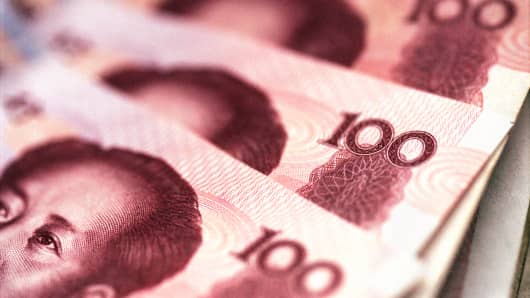During the first six trading days of this year, the onshore A-share market tumbled 16 percent in U.S. dollar terms. This further inflamed volatility, which already averaged 40 percent on an annualized basis in 2015, or about twice that of the S&P 500 index.
Yet certain other factors make this correction "special." On Jan. 4, the Chinese authorities established a circuit breaker that suspended stock trading if the market fell 7 percent or more. As early as Jan. 7, they were forced to abandon the circuit breaker following repeated trading suspensions.
Chinese data announcements also disappointed. Manufacturing purchasing managers' indices (PMIs) pointed to a contraction of activity in December. In the same month, China revealed its foreign-exchange reserves also dropped $108 billion. Reserves have now shrunk by $663 billion since peaking at $4 trillion in June 2014.
With both data and market behavior disappointing, investors should consider trades that will profit if the yuan depreciates slightly – our base case – but profit even more if the value of the yuan comes under unexpected pressure.





